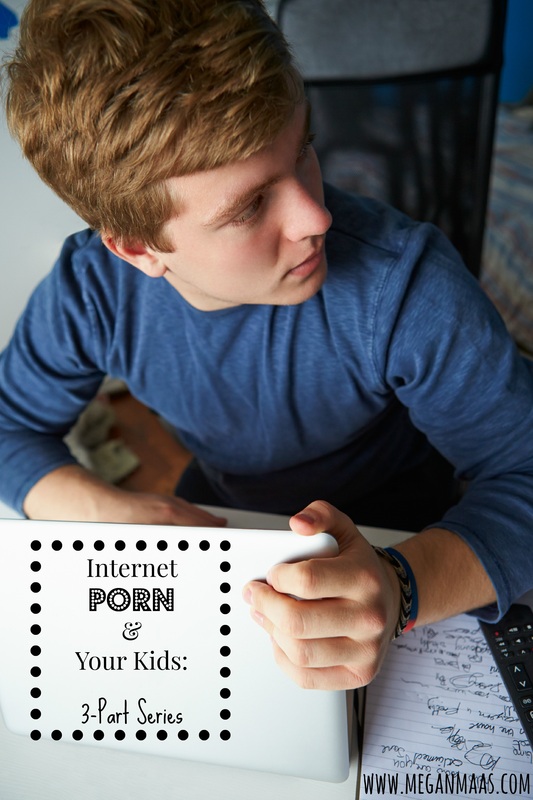|
Before one of my workshops, a mom once told me, “I’m not worried about porn, I check under my son’s mattress all the time, and nothing is ever there.” Suffice it to say, she had a lot to learn. Long gone are the days of finding a Playboy in your brother’s closet or a “dirty movie” in mom or dad’s sock drawer, or sneakily changing the channel to “Skinimax” for 5 minutes at a time, hoping no one comes downstairs to see what you’re up to. Now, kids have access to hundreds of thousands of hours of free porn, and not just “regular porn”, but the kind of stuff that would have taken someone months and lots of $$$$$ to track down prior to the internet.
If you are a parent, you not only have to be prepared to explain basic sexual behavior, but now you might also need to explain bestiality if your kids googles “My Little Ponies”, gang rape if your kid googles “The Big Bang”, and same-sex orgies if your kid googles “Dicks” trying to find the website for Dick’s Sporting Goods. In response to this conundrum, it seems that the culture’s reaction to teens using internet porn is that of moral panic or naïve resignation. Neither perspective is contributing to much-needed progress toward preparing our youth for safe and pleasurable sexual experiences across their lifespan.
As a developmental and prevention scientist, I believe in trusting and using evidence-based programs for behavior-change. However, as a sex educator, I know that we cannot wait 5-10 years for a truly evidence-based program that prevents internet-related sexual problems in children. As a result, I cover specific steps parents, counselors, and teachers can take to assess and address pornography use among youth from a positive sexuality perspective, in order to foster sexual and romantic competency in our youth. I’ve put these steps together from evidence-based parent-child sexual health interventions. Over the next 3 blog posts, I will package this information in such a way that is specific enough for you to know exactly what you should do, but variable enough to apply the steps to boys, girls, older kids, younger kids, and kids at different stages of sexual experience. Here is how it will be broken down: Part 1: Preparing yourself to assess and address pornography use with youth. This blog post will teach how to get ready both intellectually and emotionally to broach the subject, how to assess the extent to which the child is using porn, and practice what you will say and how you will react. Part 2: What to say and do during (multiple) conversations about pornography and sexuality. I’m not a fan of “the talk”, when it comes to sex or porn. Sexuality and pornography are way too complex for 1 conversation. This blog post will provide multiple talking points with links to supporting information and even kid-friendly resources to explain what porn is, how it is different from sex, and how one should navigate real sexual experiences and keep the porn experiences in perspective. Part 3: Changing the tech environment. This post will teach you how to change a household dynamic so that everyone isn’t glued to the internet all day long. I will also cover what types of monitoring software you should install, how to get kids to think about their “cyber-self”, and how to draw boundaries around internet use. In this post, you will also learn how parents can give children the respect and privacy they deserve as sexual beings. These steps are meant to help parents demonstrate that the internet is a public place, the majority of internet content is not meant for kids, kids need privacy to figure out their sexual selves, but ultimately adults should monitor online behavior until kids are adults and can choose their own online activities. If you don’t want to miss out, sign up for my mailing list here:
3 Comments
Katrina Hagen
6/20/2014 06:45:39 am
Great information, as always, Megan. This should be an informative series, I look forward to the other parts. Thanks for all you do to help us do a better job of parenting in the ever changing 21st century!
Reply
Leave a Reply. |
About this Blog:I'm here to help us discuss sexuality, gender, and media by integrating information from academic and mainstream sources. I hope this resource produces more sexually competent people who raise sexually competent kids. Categories
All
|



